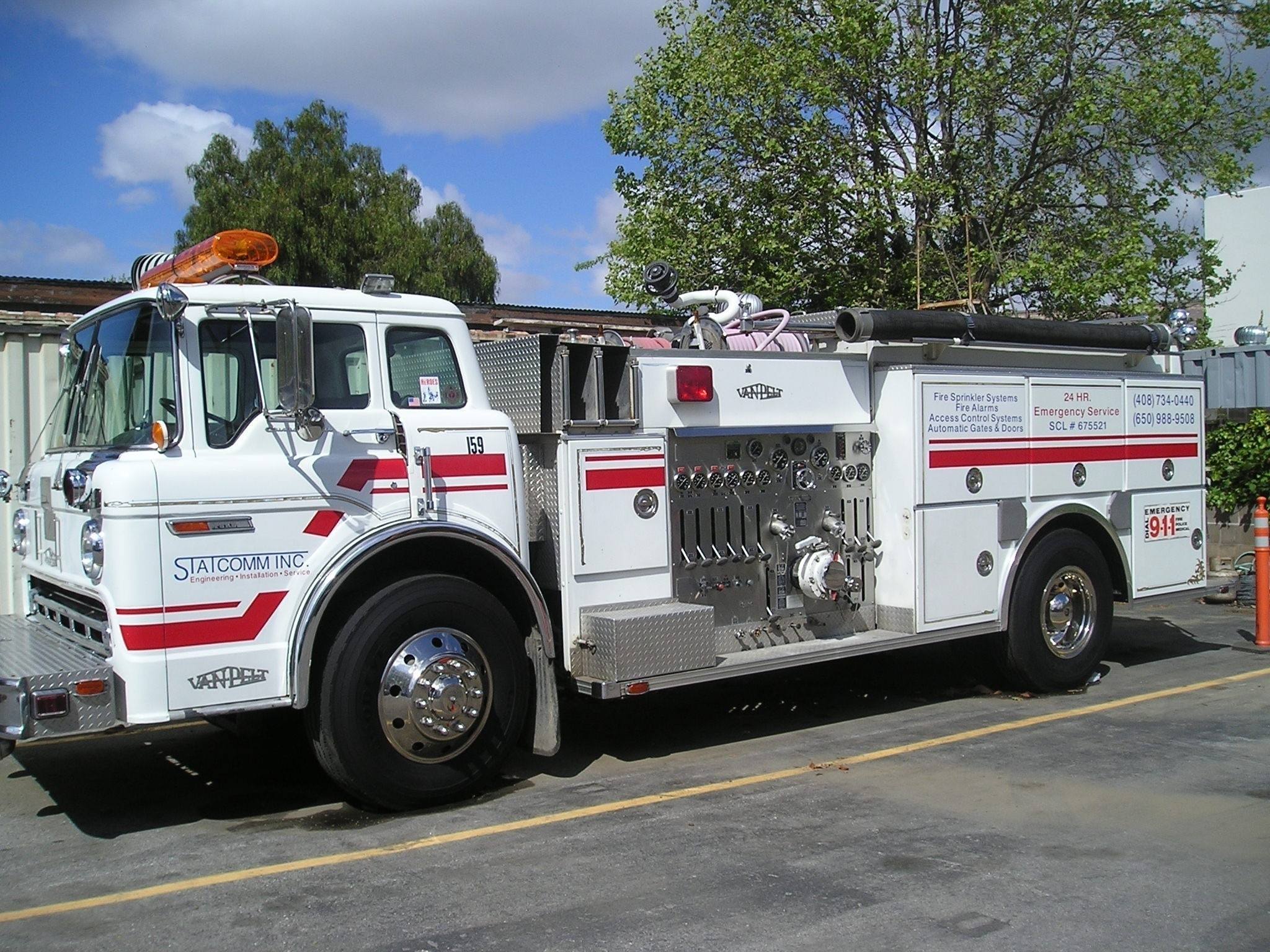What does “Local Alarm Only” mean on or above a pull station? What is a pull station anyway?

Good question! Pull stations are those little red things along walls in buildings, malls and condominium complexes. We have all seen them, but other than make a lot of noise what do they do? In short, pull stations alert the building with audibles and/or strobes lights. If your pull station is not a local alarm, then it is connected to a central station. This means in addition to the light and sound alerts for the building itself, that central station is going to alert the fire department and your fire system service company of the emergency. If a pull station is marked “Local Alarm Only,” it will make noise and lights may flash to alert people in the building that something is wrong, but you’re still going to need to dial 911.
Speaking of 911, who and where are you actually calling? Did you know that when calling 911, you probably aren’t making a local call? These days not many of us have landlines anymore, so when an emergency happens we usually grab our cell phone to dial 911. We don’t really think about where the call may go or how far away emergency dispatch may be from where you’re physically located. Because of this, it may take precious time for dispatchers to contact the appropriate first responders, placing lives and property in needless danger.
It is always best and safest to know the numbers of your local firehouse and police station. That way when you dial 911, you can tell them your local station number for faster, more efficient dispatching. For example, if an employee was making an emergency call from their cell phone because of a fire or other dangerous situation at Statcomm, the employee would tell the dispatcher that the closest fire station is Mountain View Station Five.
In an emergency, seconds count. Having information like the location and number of your nearest fire and police stations can reduce response time and the danger to residents, employees, pets and property when you need emergency services onsite quickly. Having a central-station system can also be a time and lifesaver in an emergency, but older buildings may not have the capability or money to change their entire system to a central station. This may be okay as long as the property is being tested and inspected according to Fire Code (NFPA 72) requirements for any deficiencies or problems with the fire alarm system, to make sure it’s operating properly. However, in such a circumstance, it is always best to confirm through written correspondence with your respective Fire Department (Fire Marshal’s office) as to whether fire system monitoring is or is not required for your specific building age and construction type.
Check out our other Newsletter articles below…
CACM 2018: The Out of This World 411 From Statcomm!
Breakfast/Lunch And Learns
